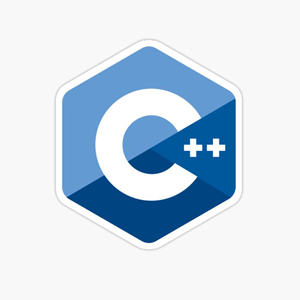Suppose that we have a product company & we have a product manager leading a team to develop a new product. Unfortunately, the latest version of our product fails the quality check. Since each version is developed based on the previous version, all the versions after a bad version are also bad.
Suppose we have n versions [1, 2, ..., n] and we want to find out the first bad one, which causes all the following ones to be bad.
Our product manager is given an API bool isBadVersion(version) which will return whether version is bad or not. He now wants to hire a programmer to implement a function to find the first bad version. There should be minimum number of calls to the API. Can you help him out?




 C++ programming
C++ programming
Of course this is a searching problem & for optimization we can do a binary search here. But now the question is, is there any other optimum searching method for search problem? The answer is yes.
It is binary search but the narrow down constant, K is not typically (low + high)/2 as in case of general binary search.
In this case the narrow down constant, K= low+(high-low)/2 resulting in much more optimized result.
Algorithm:
We have already the API function bool isBadVersion(version)
Now to find the first bad version we generate another function:
low=lower bound variable
high=upper bound variable
FUNCTION findFirstBad( int low, int high) While(low<=high){ 1. Set mid to the narrow down constant K, low+(high-low)/2; 2. IF (isBadVersion(mid)) //if it is bad //there can be two case //1. This is no 1, so thdere is no other version previously // thus these must be the first one //2. The immediate previous one is not bad, thus this is // the first bad one IF (mid==1 || !isBadVersion(mid-1)) Return mid; ELSE //narrow down high as first bad one must be before this one high=mid-1; End IF-ELSE ELSE //since this is not bad, the lower bound must be > this version low=mid+1; END IF-ELSE 3. If not returned from while loop, no bad version exists at all Return -1; END WHILE END FUNCTIONC++ implementation
Output
need an explanation for this answer? contact us directly to get an explanation for this answer